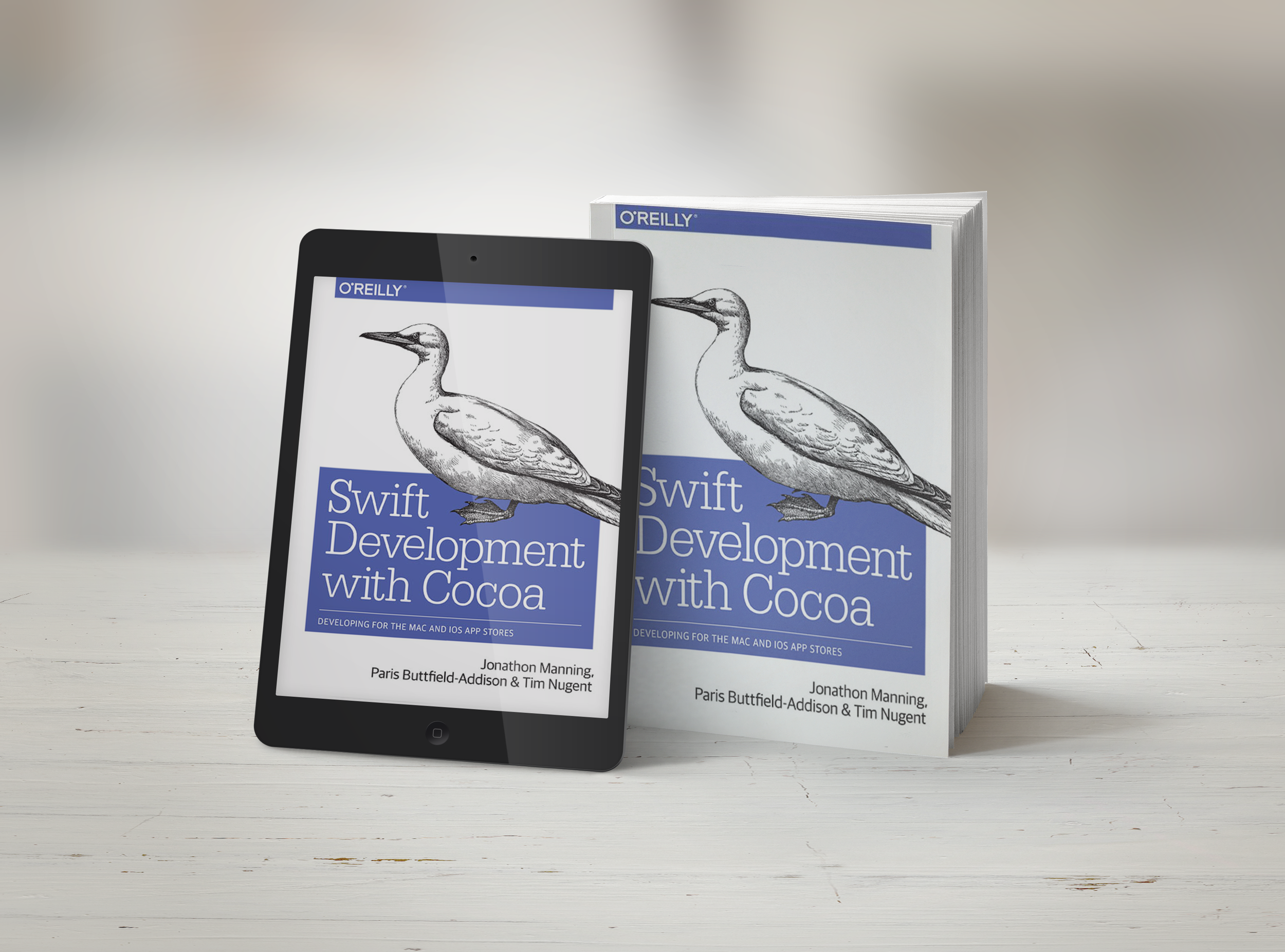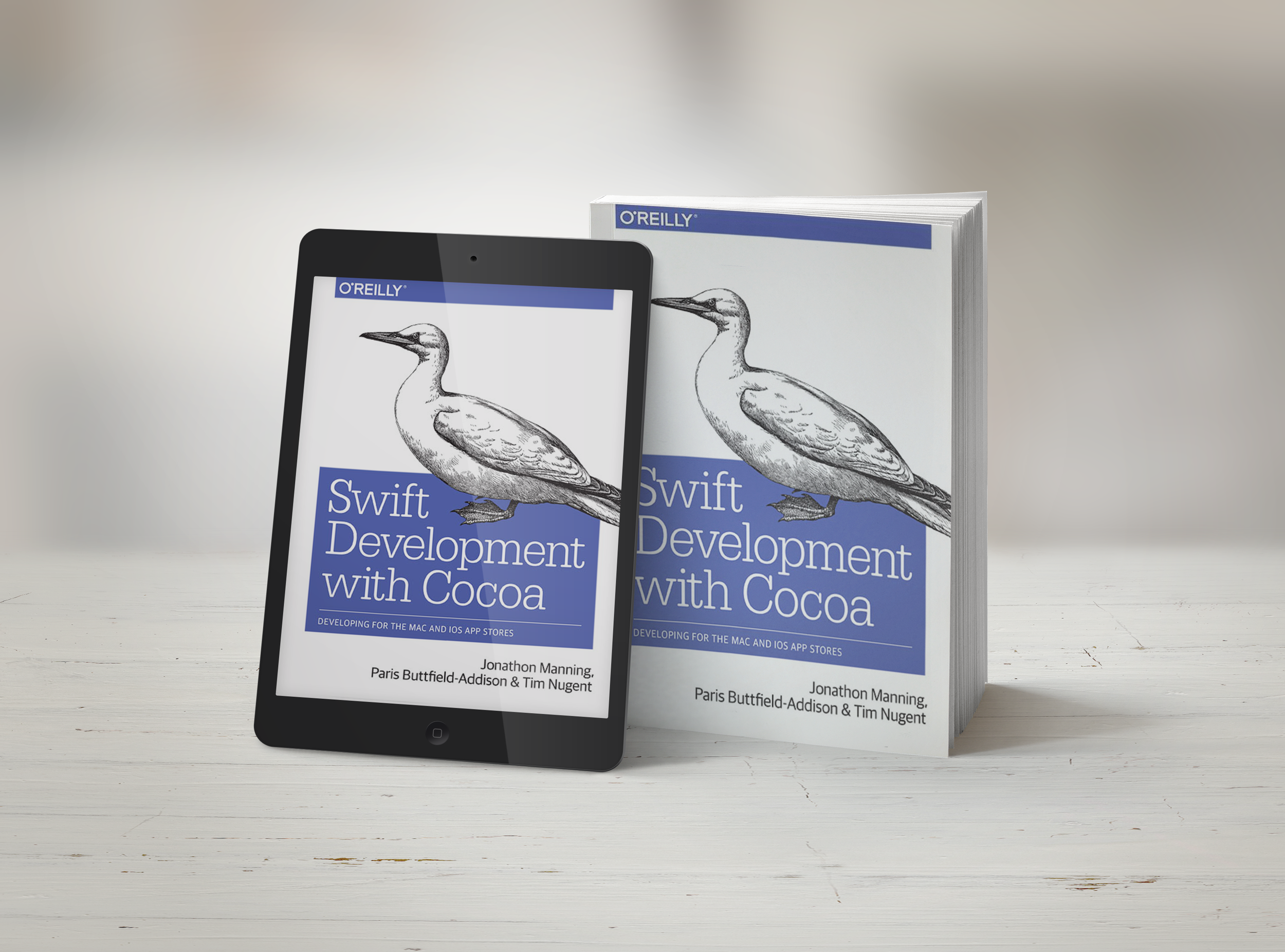General Advice
The techniques outlined in our Animation Basics trilogy are really just the very top layer of what is possible when you’re creating motion, particularly in the digital realm. They provide a starting point for many basic effects, but they can and should be combined, modified, used across three dimensions rather than two, even actively ignored or opposed. So long as you’re thinking about what you’re doing, about physics in the real world as they apply to gravity and momentum, and learning from failed experiments, there’s no end to the complexity of motion you can explore.
Finally, I’ll leave you with an old rule amongst artists (and animators in particular) that goes something like:
“If it looks right, it is right, even if it’s wrong.”
And the inverse of that might be:
“If it looks wrong, make it look right, even if you have to break the rules to do it.”
So the trick is not to look for hard and fast rules in animation, instead look at your result, and make judgements on your next step to take based on how it feels to you- because that’s how it’ll feel to your viewers/users.
Miscellaneous
“What framespeed should I use?”
It depends. There are a lot of factors to consider. 24fps is traditional disney animation speed- but that’s for animating complex figures, and is usually performed by teams of full-time animators. With the invention of procedural animation techniques like tweening, you should be able to apply most of these techniques smoothly to even something crazy like 200fps very easily. As a general rule, anything around 30fps will be much smoother and less likely to leave afterimages, but depending on how you’re making your animation, and what sort of device you’re displaying it on, it may not be economical or practical to work at this speed!
“I’m a developer making interfaces, do i really need to take these techniques into account? Will people even notice them?”
People will notice if they’re missing. Two apps on the subject of pizza restaurants perform the same task with similar graphics, but one moves through it’s frames with the squashing and stretching motion of strands of mozzarella cheese? It’s a distinct advantage.
“I’m a developer, and this was interesting, but I don’t think Disney will be hiring me just yet. What can I do myself/in-house, and what should I hire a dedicated animator for?”
Assuming the programming knowhow is present, with a little practice and experimentation (literally an hour or two of messing around), the techniques in this blog can be effectively applied to simple interface components and very simple objects like falling rocks or bouncing balls at a passable level by anyone. But for characters, handdrawn animation, complex elements like flags, water and fire, explosions, lightning, complex composite objects, depicting weight, emotions, reactions, and for making unique interfaces that move with real flair- and animating all of these well: requires a kind of mental library of natural motion, as well as an experienced animator’s eye for mistakes and improvements. Someone without a few years on the clock won’t be able to make complex animation move well.
“Okay, so I need an animator. What should I look for in my new hire?”
Ideally, as usual for any position, you want to see referrals from previous clients and examples of relevant work, but if you want something weird, that might not always be possible. Most animation students are more interested in character animation than interfaces or other “inanimate” elements- and particularly in terms of developing software, often you may be better off seeking out a graphic designer who dabbles in animation than a “traditional animation” school-trained Animator.
“I’ve decided that I want to be an expert animator, but I’ve no idea where to start. What’s next for me?”
If you’re lucky enough to live near a good animation school (the quality of which you will learn by contacting previous students about the courses there, and remember to ask to see examples of their work)- that’s your next port of call. If not, you’ll be joining me in a never-ending self-taught quest to study and replicate the natural motion of the world. Animators love dissecting each other’s work, and there’s no shortage of amateur critical analysis communities online. If all else fails, let Richard William’s ‘Animator’s Survival Kit’ be your guiding star!
Jargon
Spacing: The placement of frames throughout a set (or open) timeframe, usually between defined keyframes. This can be thought of as animation at the micro level.
Timing: Choosing timeframes for objects, particularly choices in terms of different objects interacting throughout time. This can be thought of as animation planning, defining constraints for spacing.
Easing: Spacing that favours smooth transitions from a keyframe- Usually expressed as slowing into a key, or slowing out of a key.
Frame: A single image or exposure- will be displayed for a predetermined time based on framespeed, which is expressed in the number of frames per second (fps).
Keyframe: An “important” frame usually with a specified time- The start and end positions of an object’s animation might be considered keyframes. Additionally, if an object must move from A to C through B- there might be keyframes at A, B and C, with inbetweens (see below) between them. Defining keyframes first as a Timing element can simplify the inbetweening process.
Inbetween: The frames that sit between keyframes- their placement is known as “Spacing”.
Tweening/A Tween: A software assisted technique for placing inbetweens- will often allow for automation of some basic spacing techniques such as easing in or out.
Cycle: A sequence of animation that repeats the motion of an object seamlessly.
Loop: A sequence of animation that repeats.
Further Reading







